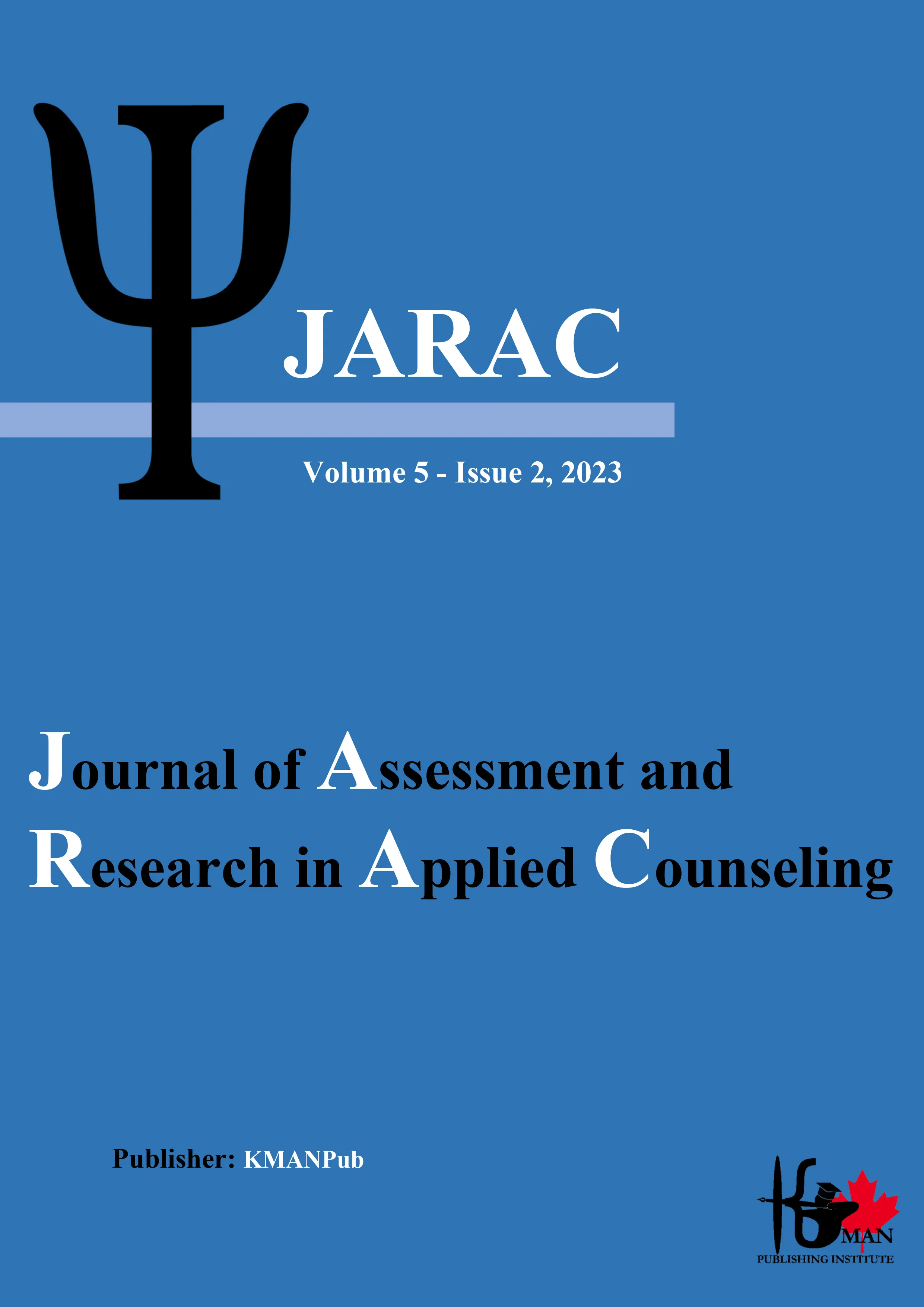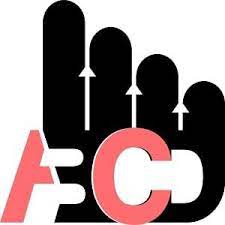The Effectiveness of Couple Therapy based on the Choice Theory in Reducing Marital Burnout and Conflict
Keywords:
Couple therapy, Choice theory, Marital conflict, Marital burnoutAbstract
Aim: The present study aimed to evaluate the effectiveness of couple therapy based on the choice theory in reducing marital burnout and conflict in couples who visited Mehravar Counseling Center. Method: The research method was quasi-experimental with a pre-test-post-test design and two-month follow-up. The statistical population consisted of couples who visited Mehravar Counseling Center in Tehran in July and August 2018. After screening with the Marital Conflict Questionnaire-Revised by Sanai Zaker (2000) and Pinz Marital Burnout Scale (1996), we selected 20 couples and assigned 10 couples randomly to the experimental group and 10 to the control group. Couples in the experimental group received the Duba, Graham, Britzman, and Minatra (2009) treatment package in six 60-minute sessions once a week, and the control group was placed on a waiting list. We analyzed data using the repeated measures analysis of variance. Results: The results at a significance level of P<0.05 indicated the effect of couple therapy intervention based on the choice theory on marital conflict (F=3.61) and marital burnout (F=4.31) and the stability of the effect at the follow-up stage. Conclusion: Given that the degree of intimacy had a wide impact on the quality of couples' marital relationships, the marriage enrichment intervention based on the choice theory modified and increased interactions between couples and thus increased intimacy and improved the quality of their marital relationships. Therefore, we suggest using this therapy by couple therapists.
Downloads
Downloads
Published
Issue
Section
License
Copyright (c) 2023 Narges Shams, Yousra Haerei (Author)

This work is licensed under a Creative Commons Attribution-NonCommercial 4.0 International License.















